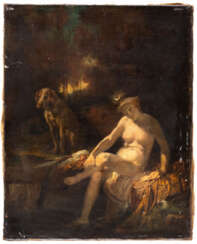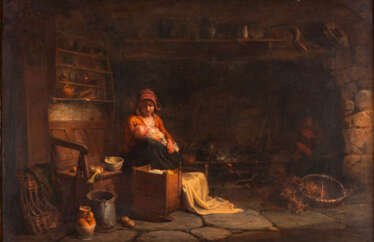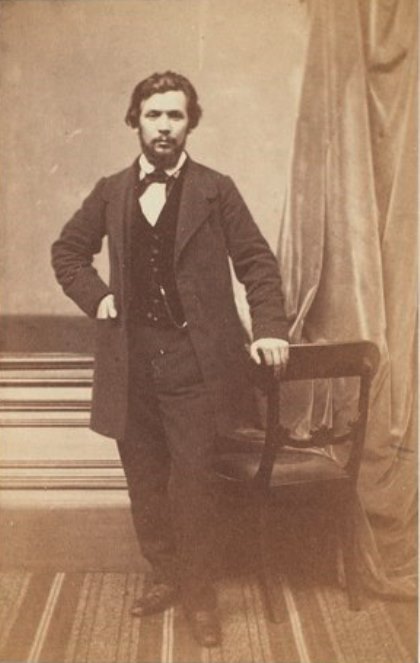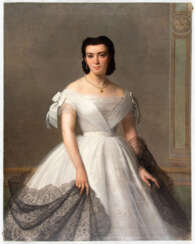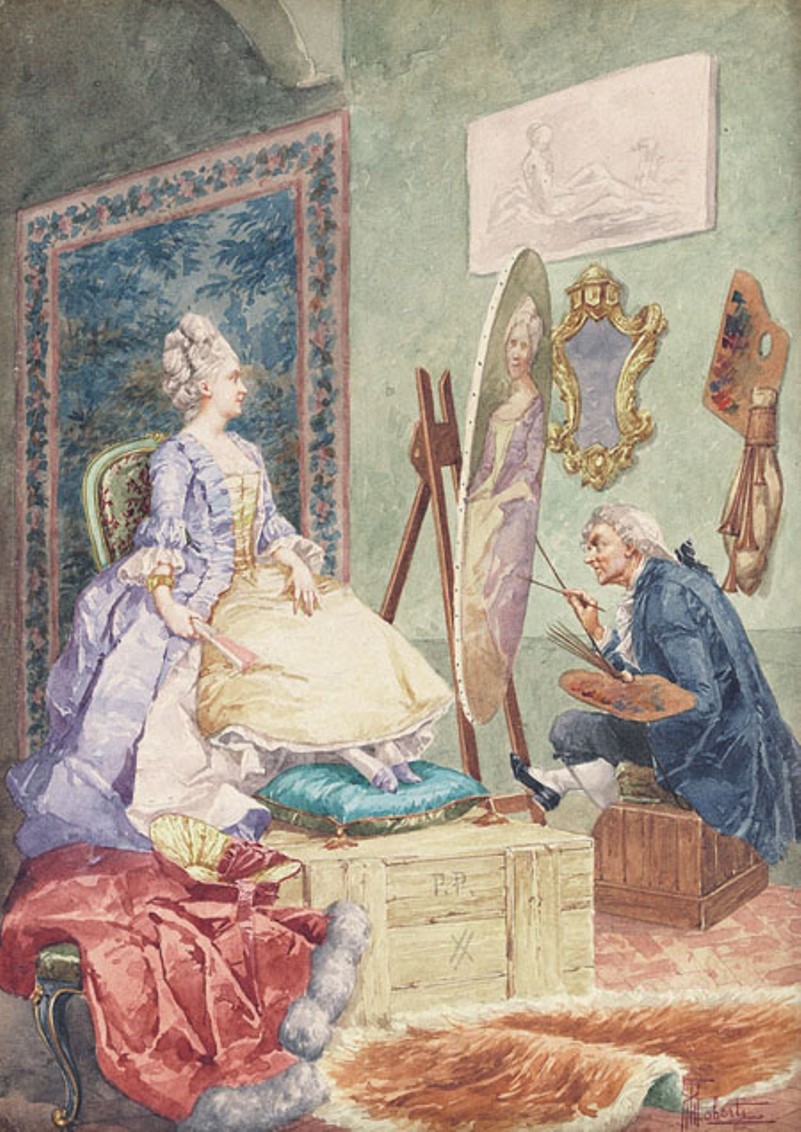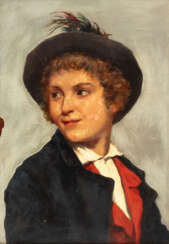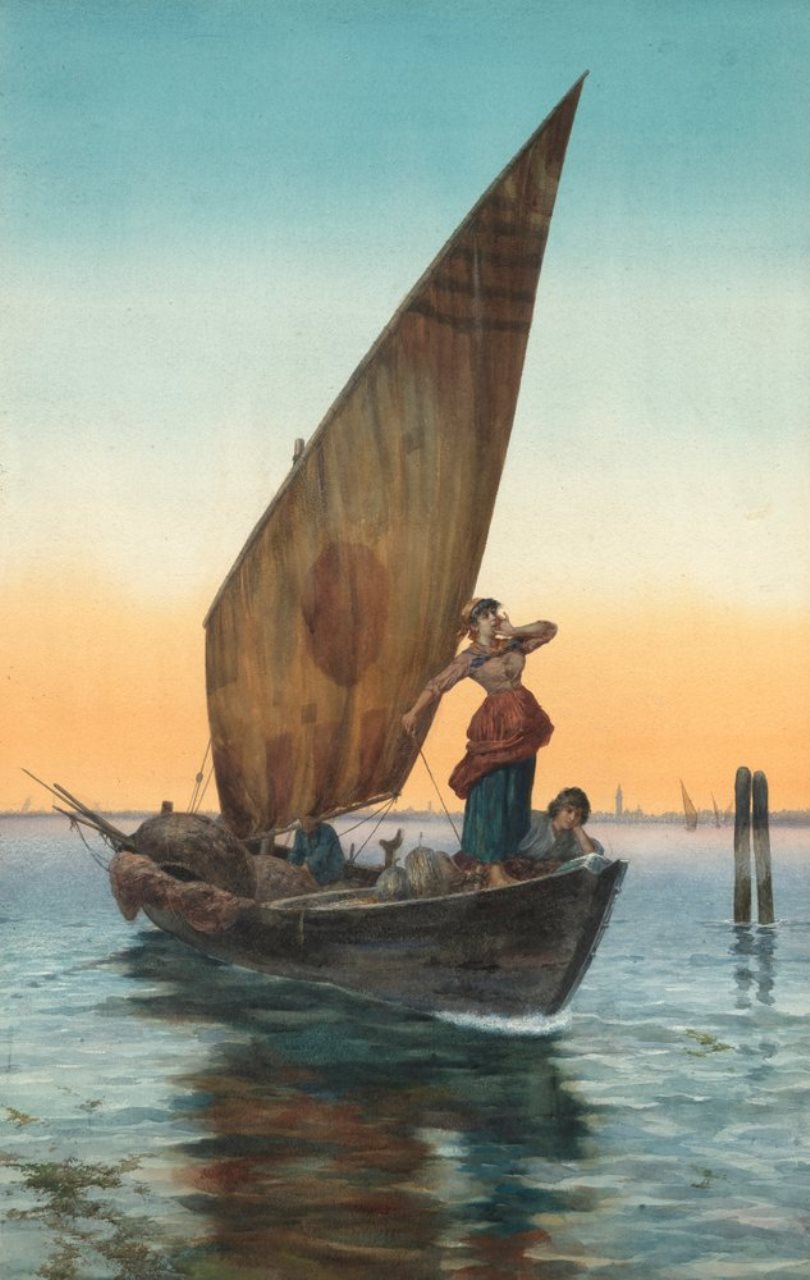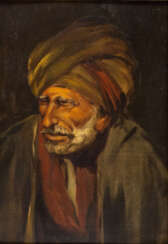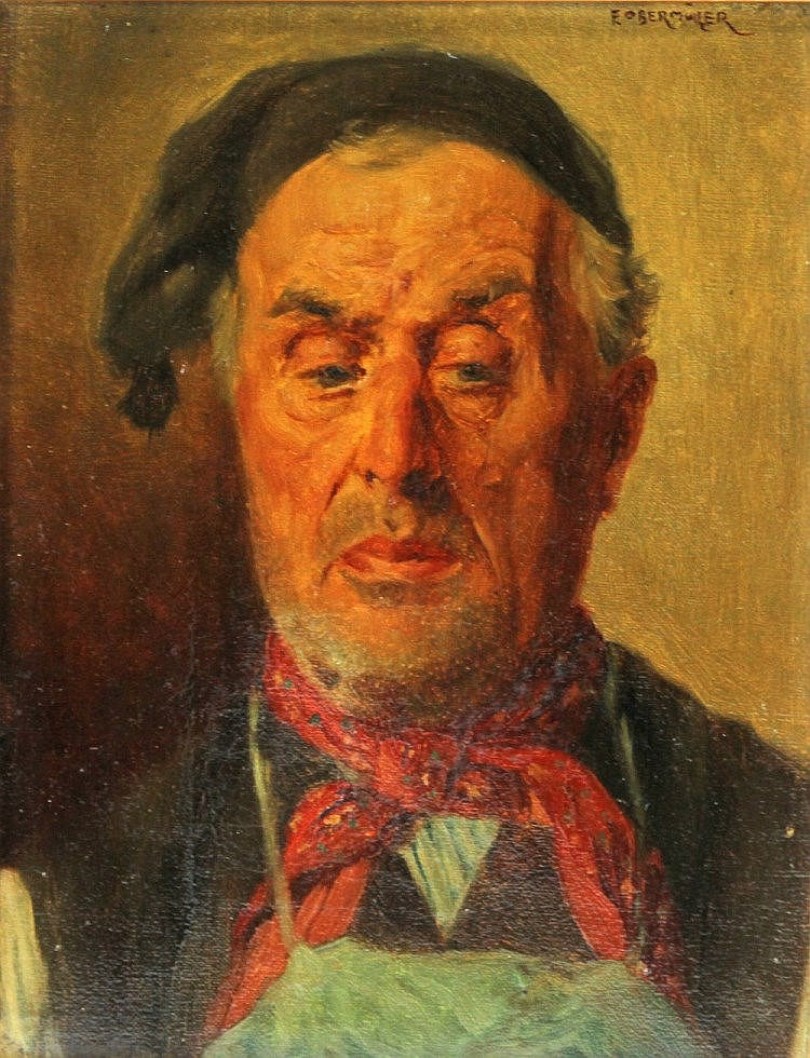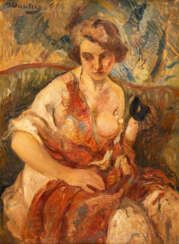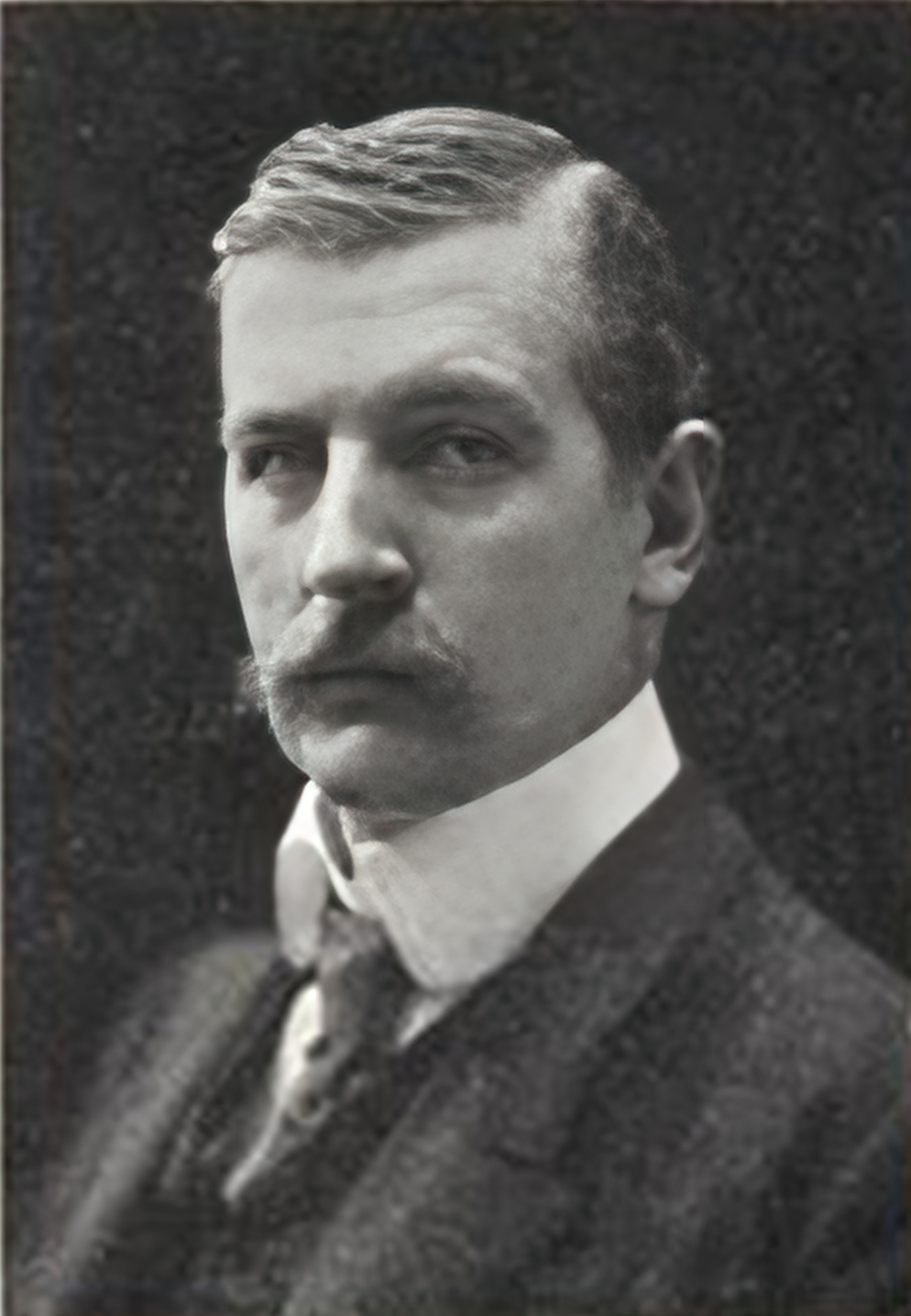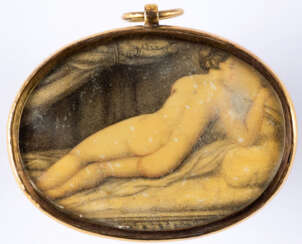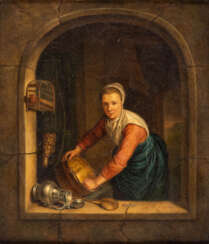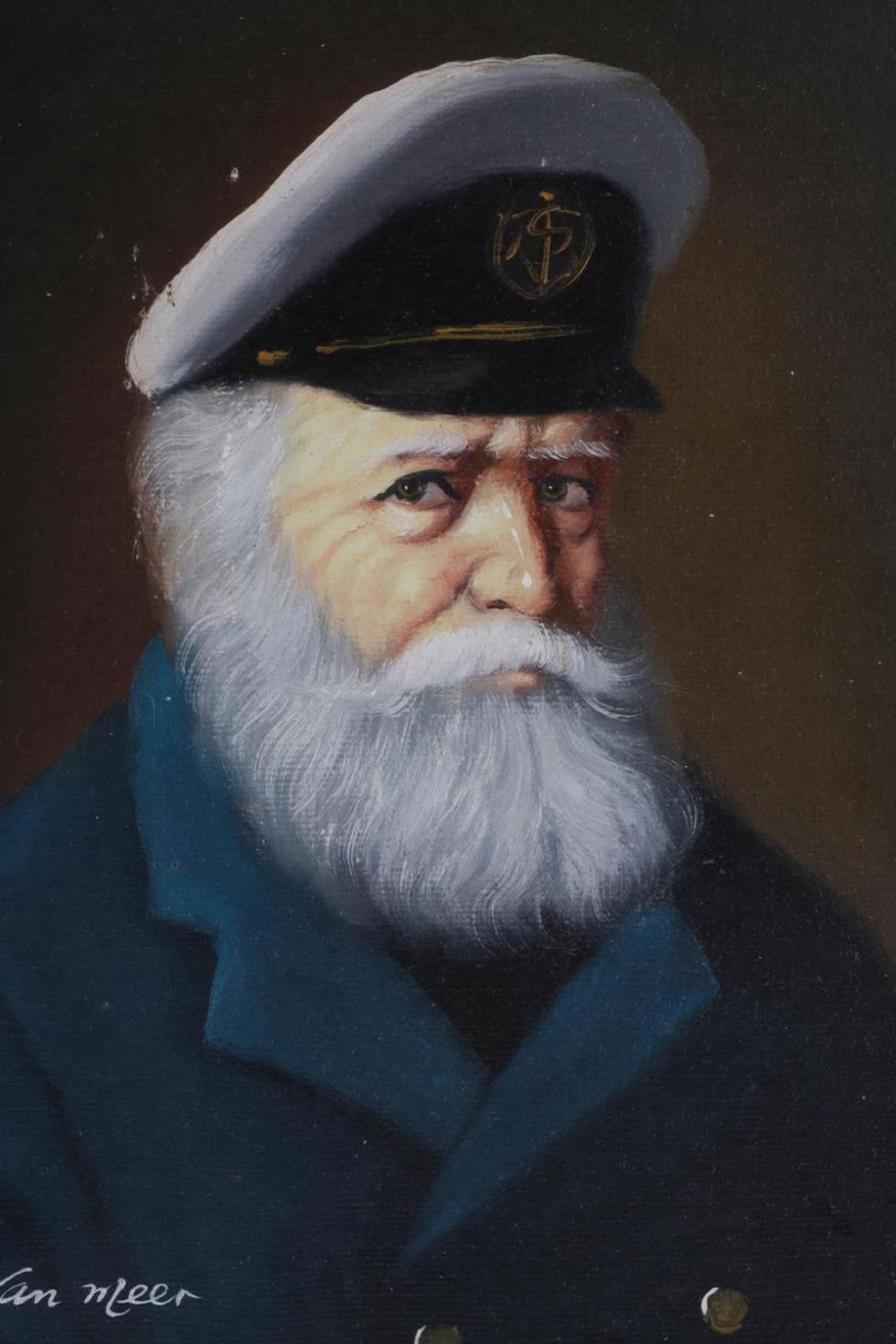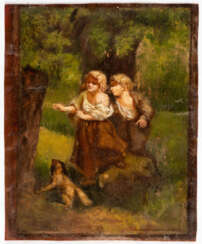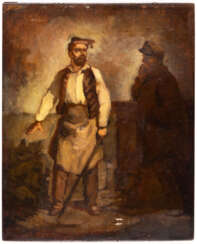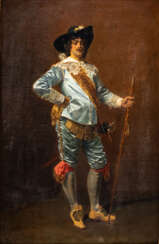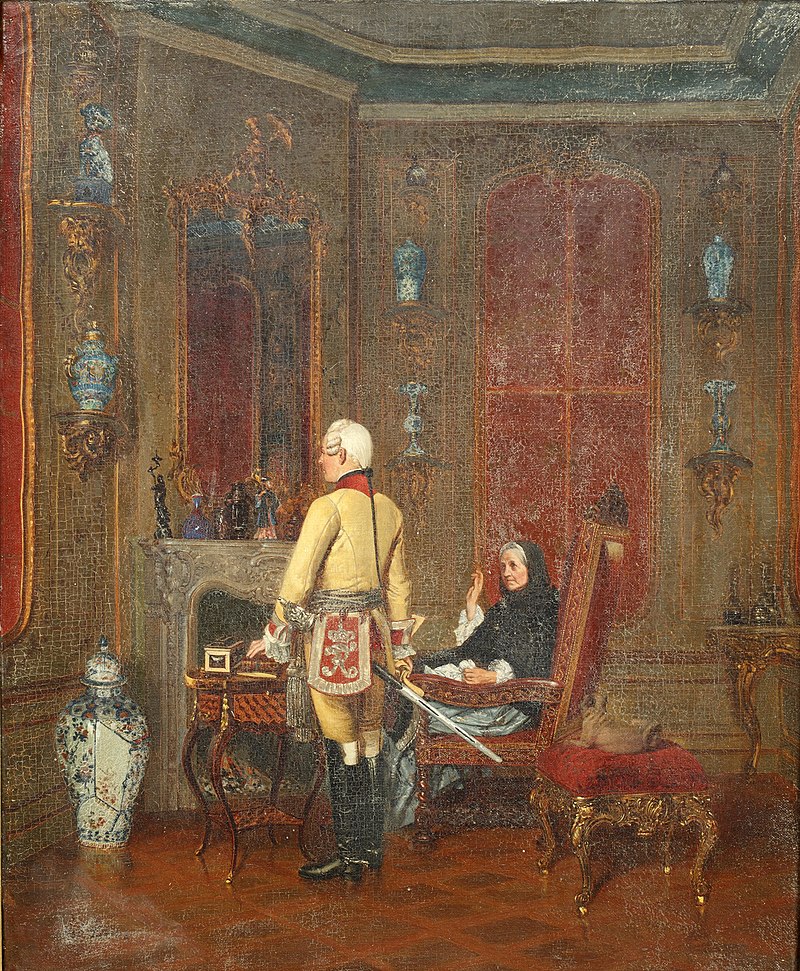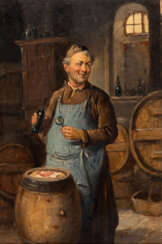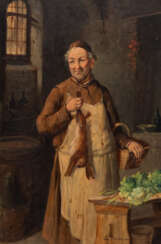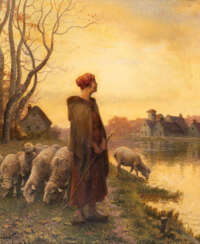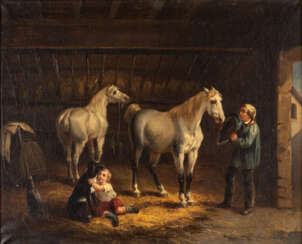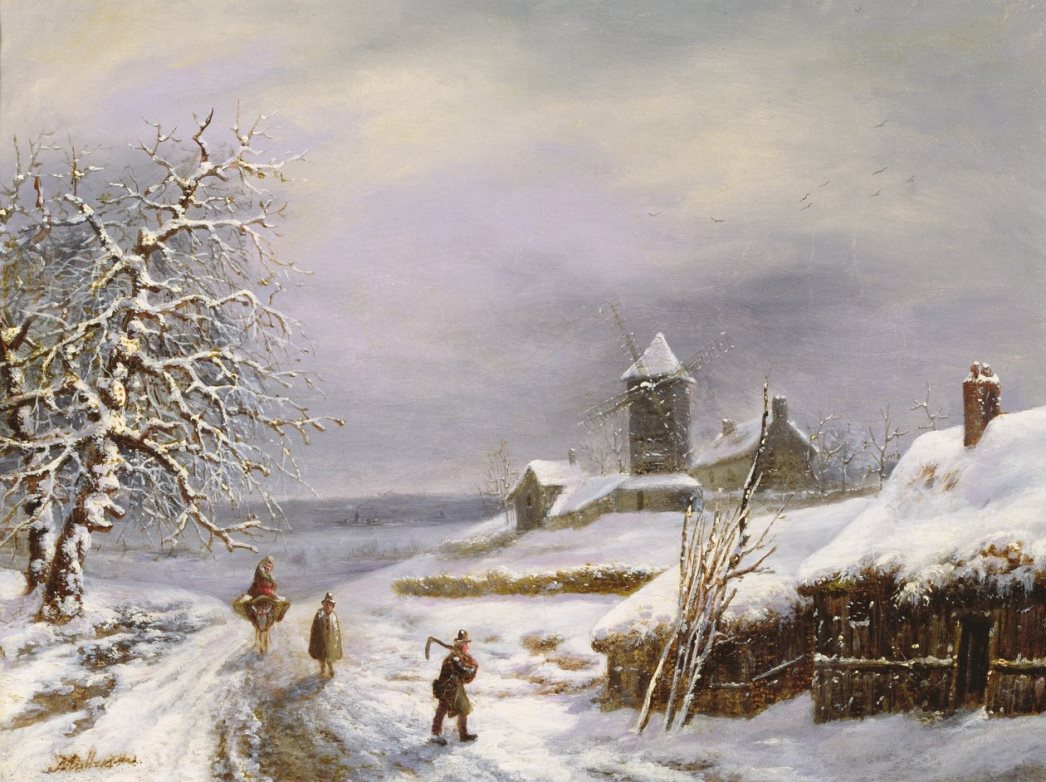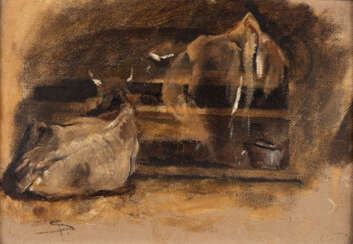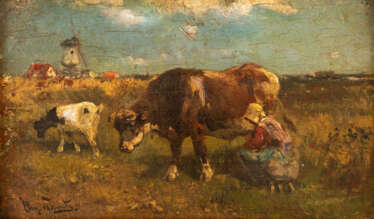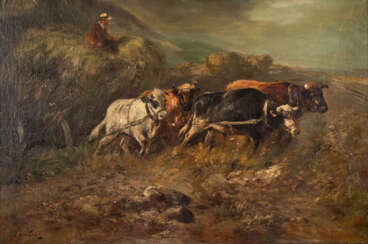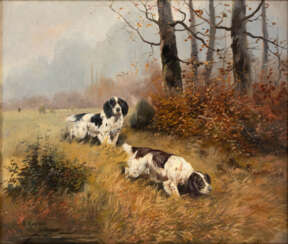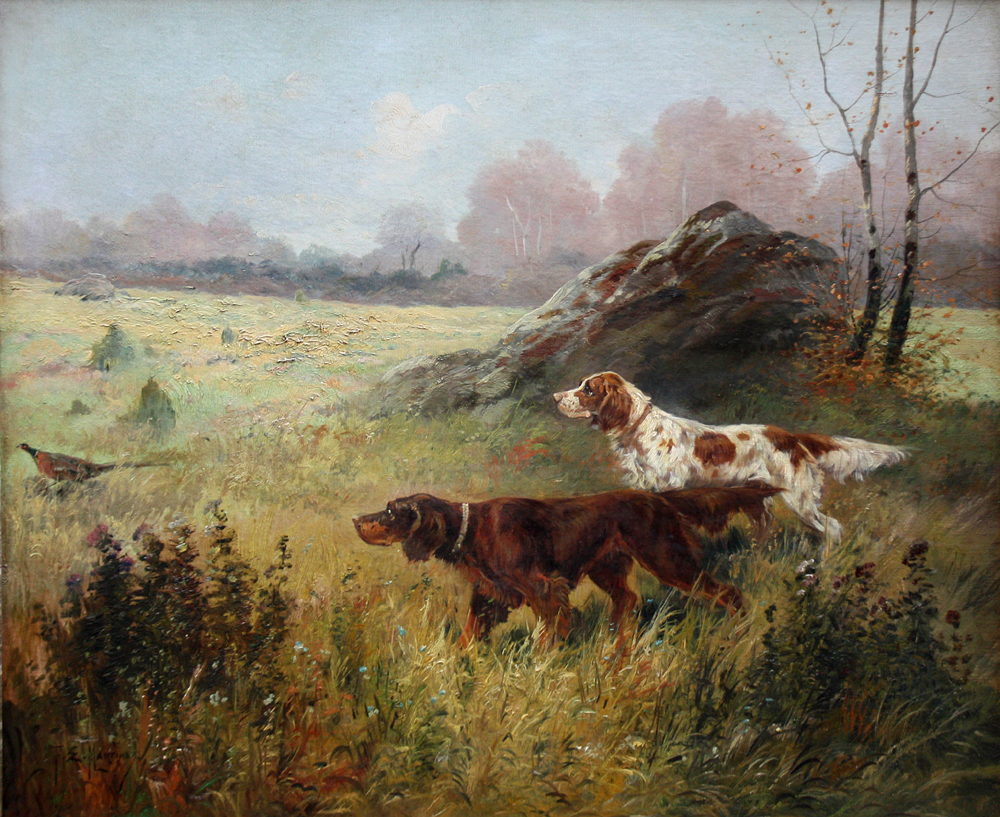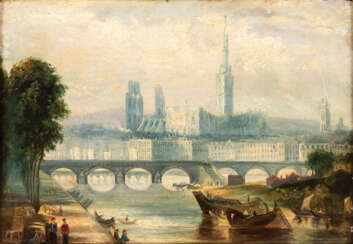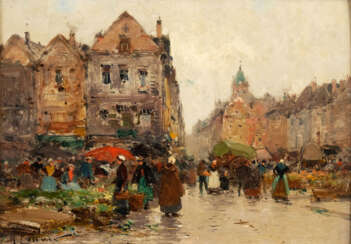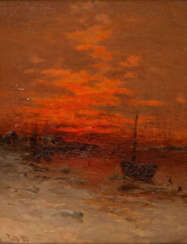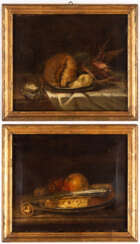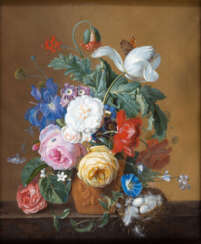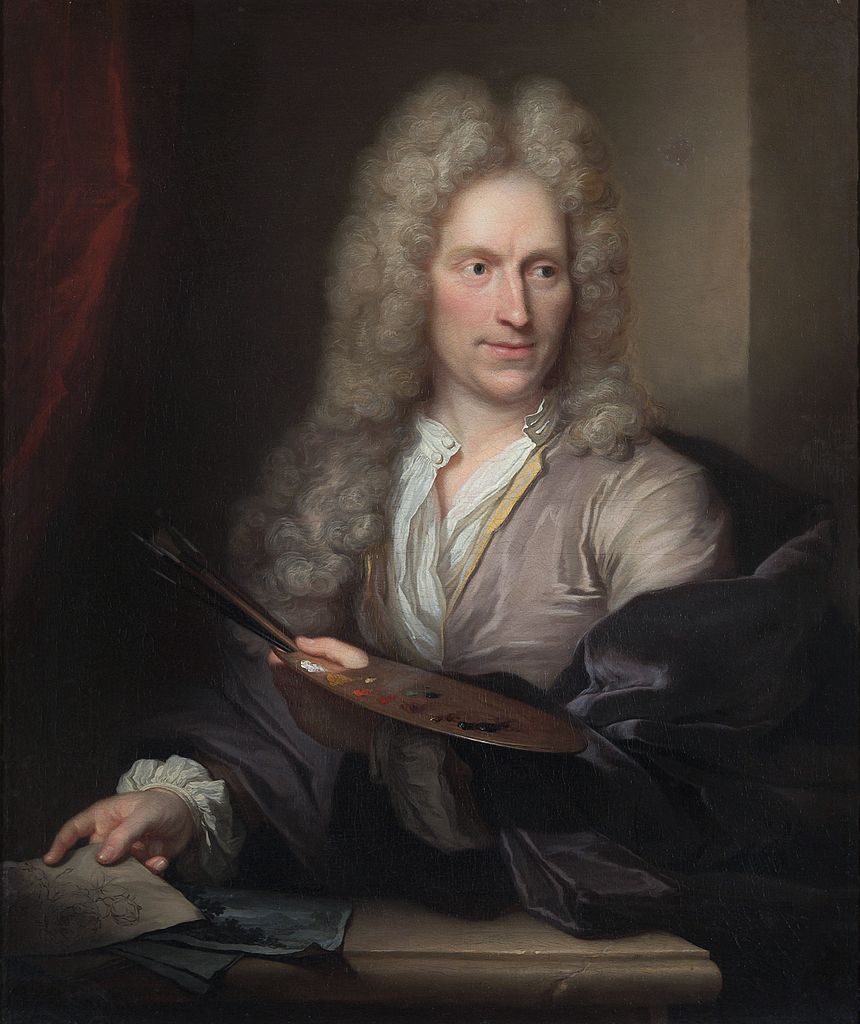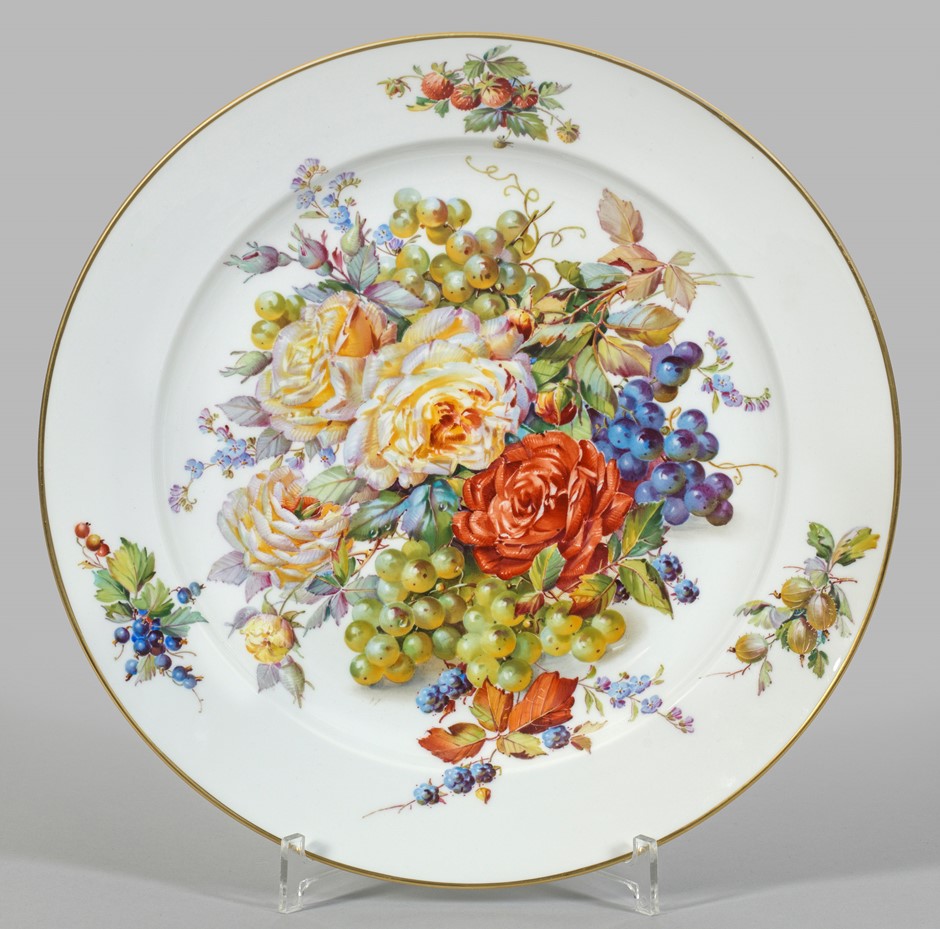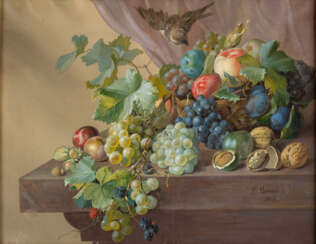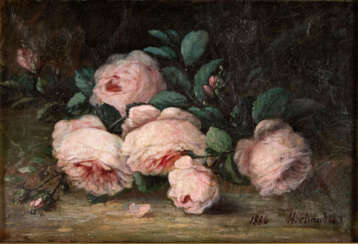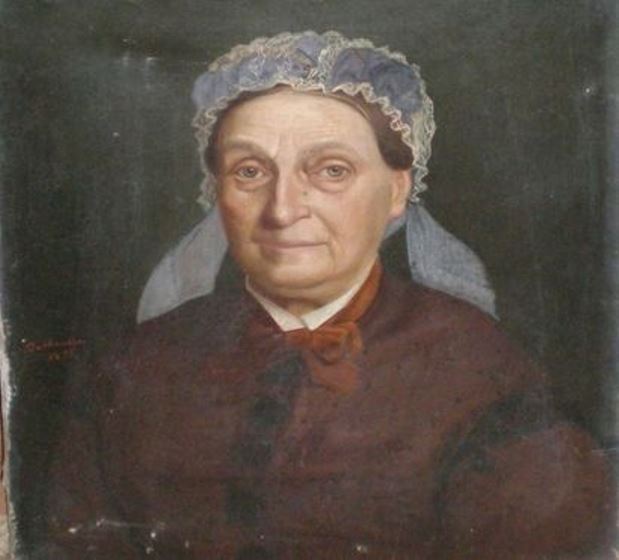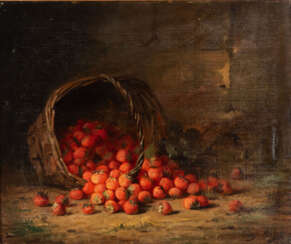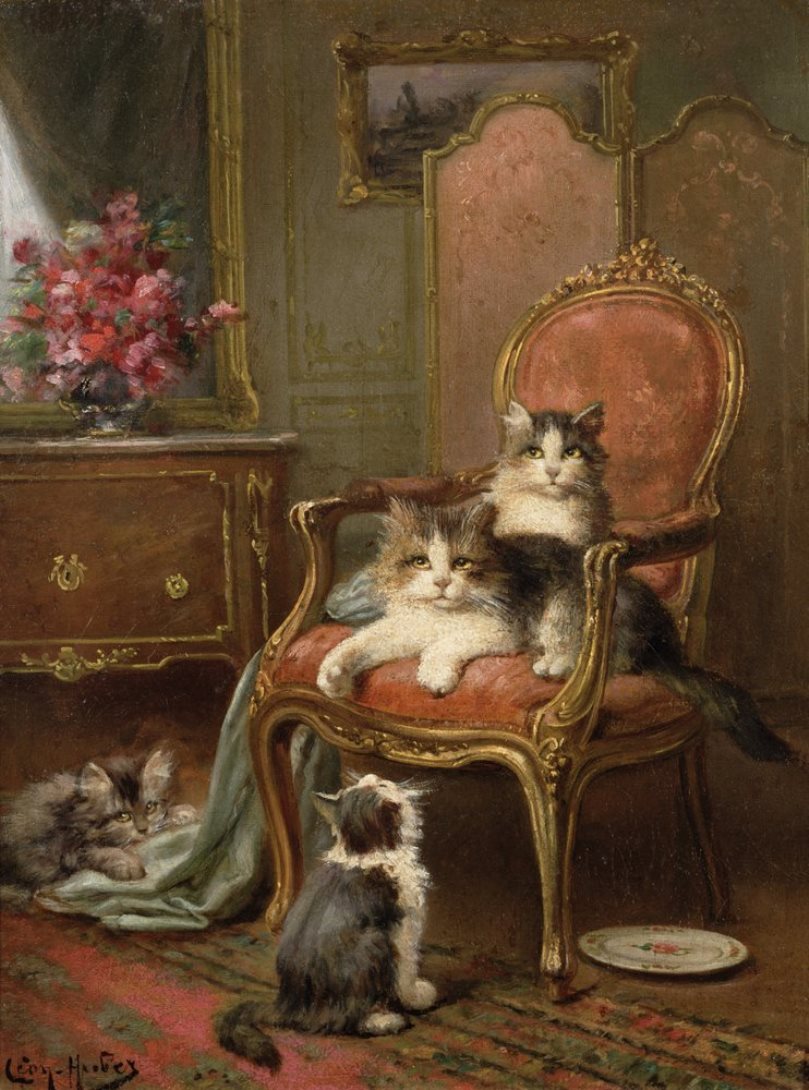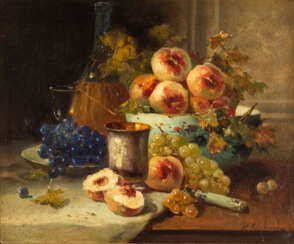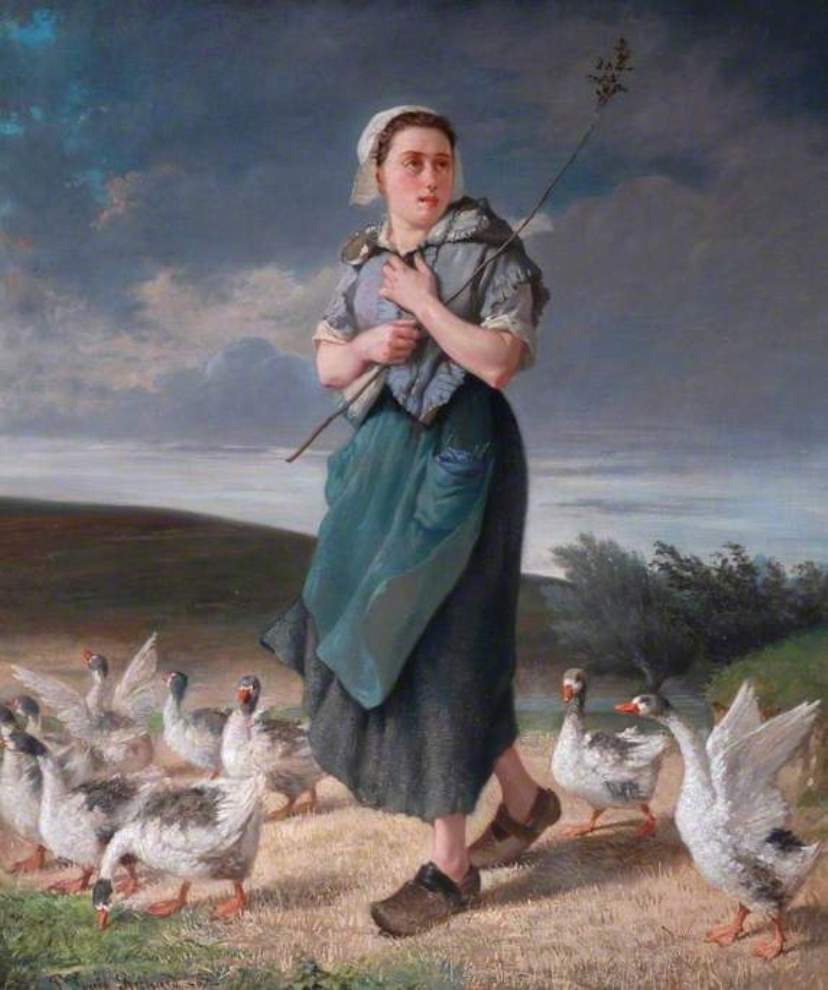
Paintings 19th Century — ART AND ANTIQUES & MODERN AND CONTEMPORARY ART
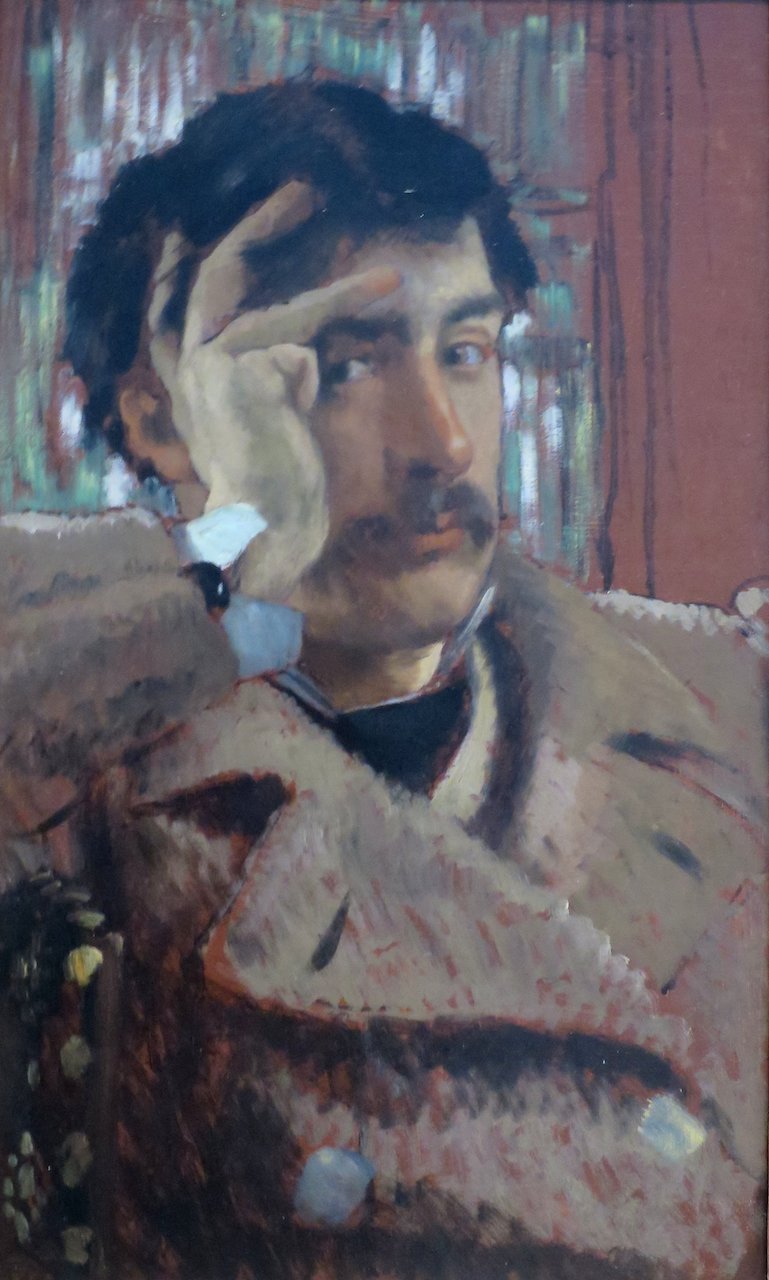
Jacques Joseph Tissot, anglicized as James Tissot, was a French painter and illustrator. He was a successful painter of fashionable, modern scenes and society life in Paris before moving to London in 1871. A friend and mentor of the Impressionist painter Edgar Degas, Tissot also painted scenes and figures from the Bible.
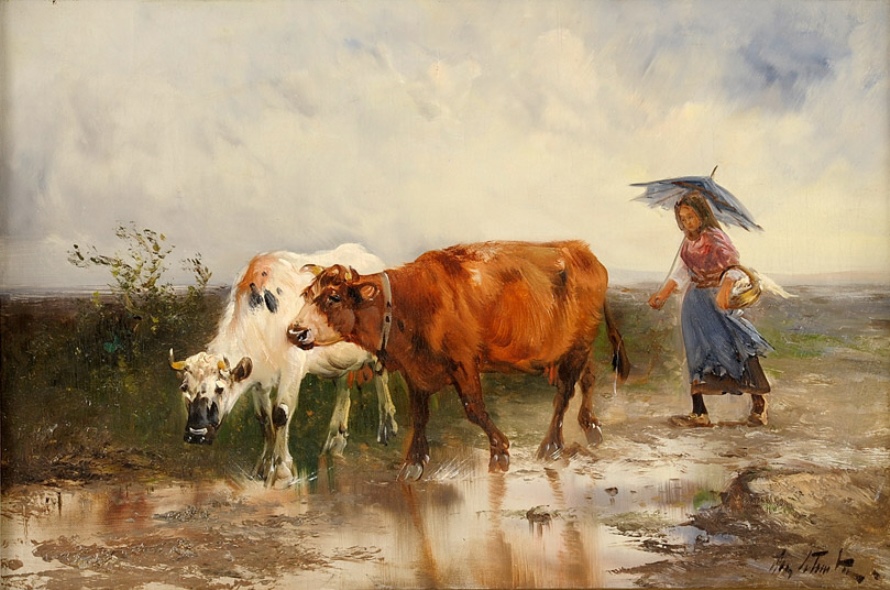
Henri Schouten is a Belgian animalist painter.
He studied at the Brussels Academy, where, under the influence of his teacher Alfred Vervy, he specialized in painting landscapes with cattle. Schouten depicted a wide variety of domestic animals and birds in their natural environment in a very naturalistic way, paying attention to their special character traits, as was fashionable at the time. His paintings were much loved by the wealthy Belgian bourgeoisie.

Henri Schouten is a Belgian animalist painter.
He studied at the Brussels Academy, where, under the influence of his teacher Alfred Vervy, he specialized in painting landscapes with cattle. Schouten depicted a wide variety of domestic animals and birds in their natural environment in a very naturalistic way, paying attention to their special character traits, as was fashionable at the time. His paintings were much loved by the wealthy Belgian bourgeoisie.
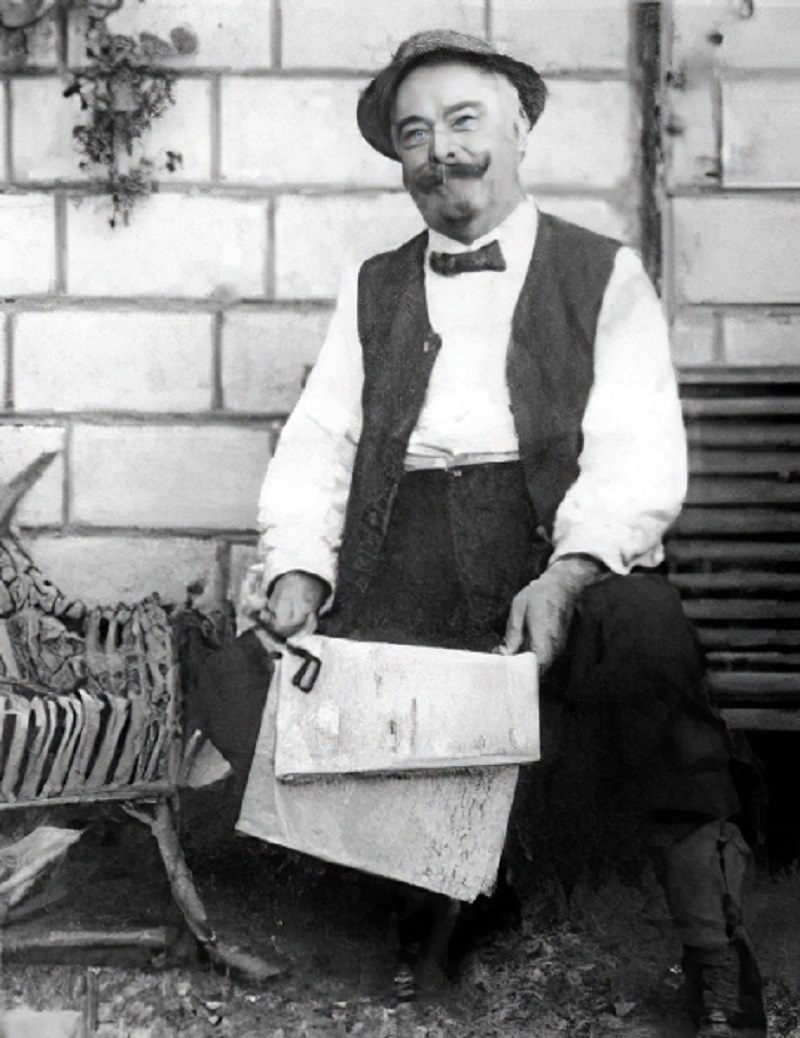
Eugène Galien-Laloue was a French artist. He was a populariser of street scenes, usually painted in autumn or winter.
His paintings of the early 1900s accurately represent the era in which he lived: a happy, bustling Paris, la Belle Époque, with horse-drawn carriages, trolley cars and its first omnibuses. Galien-Laloue's works are valued not only for their contribution to 20th-century art, but for the actual history, which they document. His work can be seen at the Musée des Beaux-Arts, Louvier; Musée des Beaux-Arts, La Rochelle; Mulhouse, France.
